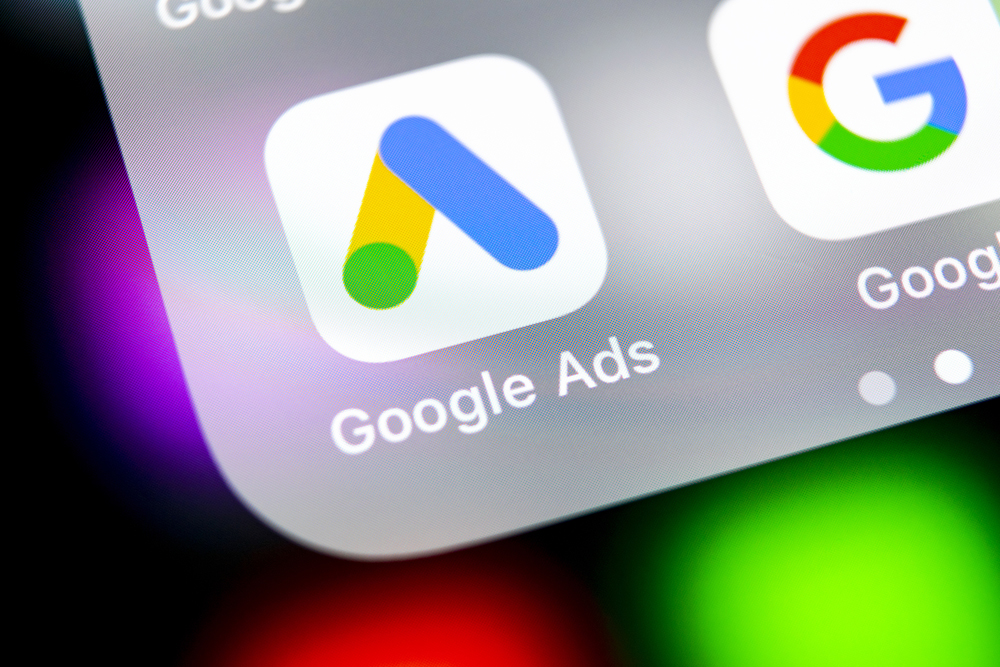When I first started my digital marketing firm in 2001, our foundational technology was more about solving immediate problems than it was about strategic growth. I was like many small business owners: focused on getting the fundamentals right without overspending. Google Workspace’s Business Starter plan was the perfect fit. It gave…
-
-
McCord Web Services is Embracing AI
How AI Can Supercharge Your Productivity: My Journey with Google AI Essentials Artificial Intelligence is no longer a futuristic concept—it’s here, and it’s transforming the way we work and live now. I recently completed the Google AI Essentials Course on Coursera, and I’m excited to share how AI tools can…
-
AI Impact - Google - Google Ads - Google Ads Consultant - Google Ads Management - Google Ads Management Pricing - Google Ads Manager - Google Ads Services - Google Ads Strategists
Starting Today 2-15-25 Google Starts Digital Fingerprinting
Today is the rollout day for Google’s new tracking method that you cannot opt out of called Digital Fingerprinting. Cookies don’t matter anymore. Now, Google is collecting the following information for use with advertising on its Google Ads platform and across all its properties and partner properties on the web.…
-
AdWords Manager - AdWords Services - Google - Google Ads - Google Ads Consultant - Google Ads Management - Google Ads Management Pricing - Internet Marketing - Internet Marketing Service - Search Engine Marketing - Search Engine Optimization - SEO
Google is Dropping Continuous Scroll in Search Results
In a significant shift, Google has announced that it will be dropping continuous scroll for search results and moving back to displaying 10 organic results per page. This change reverses a feature that had been rolled out to improve user experience by allowing seamless scrolling through search results. The reversion…











